- Local Guru–Life Coach
- Advice? All Things Considered
- Regular Office Hours
- Ready Set Let’s Go Into the Temple
- Enter Here
- At the Entrance
- Shoes Off for Sacred Space
- Close Enough to Touch
- All Four Corners by Different Artisan Groups
- Reliefs Portray the Times
- Larger Carvings Reveal Individual Artisan Style
- Each Carving Hints at the Era
- Voluptuous Detail is Amazing
- Note How the Lion Bends Around the Corner
- Bearing His Weight
- Shrines in Every Corner
- Darkness is Welcome After Intense Sunlight
- Dark Revelations
- Ceiling Detail Inside
- Yet Another Ceiling Detail
Today started early with a temple visit. We are developing more practiced eyes for distinguishing the different styles, schools of architecture and periods.
Somnathpur Keshava temple is an hour drive outside of Mysore. This less-visited temple is a remarkably well-preserved example of Hoysala architeture. Built in the 13th-century It is a symmetrical star-shaped building, carved of soapstone both inside and out with ornate images of Hindu legends and gods. Each of the six points of the star were carved by a different master carver, his apprentices and family so each is a distinctly different interpretation of the same themes. it was only used as an active temple for 100 years because India was over run by the Mogul armies who defaced many of these exquisite carvings just like the Christians did in Egypt.
The drive was almost as interesting as the monuments. A local farmer gave us a tour of his village in his bullock cart. We chatted with local women headed to the river to take their bath and we saw how a local entrepreneur could set up his own temple and promote himself.
Lunch was in a castle, the distinctly European Lalitha Mahal Palace. Built by the last raj in 1915 to house his other raj buds or visiting international dignitaries, it is an attempt to emulate British or European royal palaces.
In the afternoon we took in the ornate, pink marble-domed Mysore Palace, the former residence of the local maharaja’s family The term “Mysore Palace” specifically refers to one within the old fort. The Wodeyar rulers first built a palace in Mysore in the 14th century, it was demolished and constructed multiple times. The current palace construction was commissioned in 1897, and it was completed in 1912 and expanded later around 1940
Intricately carved rosewood doors and ceilings some with inlaid ivory work, marble figurines, collections of caskets, paintings of the members of the royal family and other objects of personal use exude opulence, though age has deteriorated most with fading and discoloration. An abundance of ancient ceremonial objects like glittering gold and wooden frames that once composed an elephant’s train for carrying royalty and other persons of distinction throughout Mysore’s ancient streets.
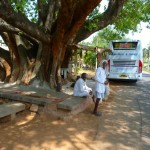
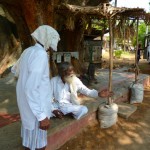
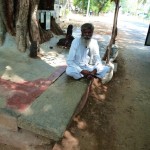
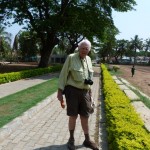
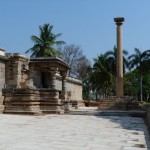
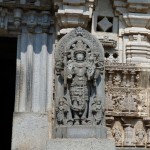
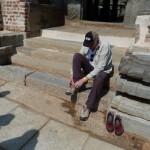
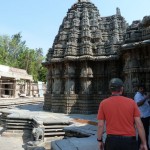
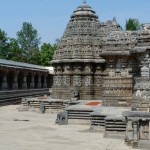
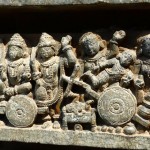
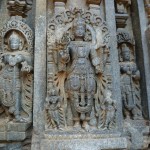
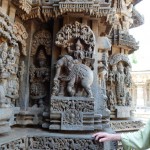
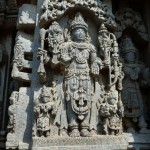
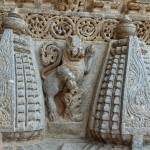
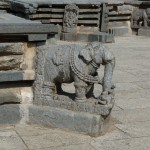
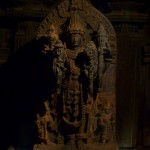
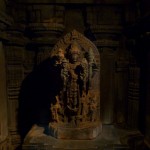
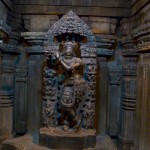
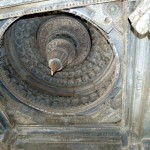
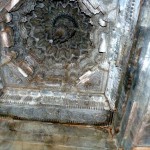
Sorry, the comment form is closed at this time.